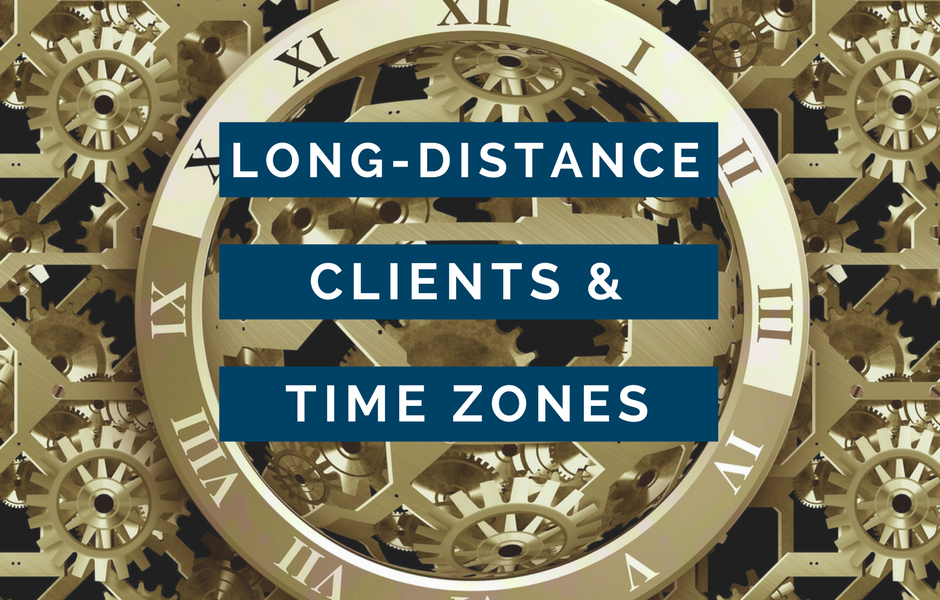Modern Journalist Toolkit 9: Long-distance clients and time zones

Choosing to work with far-flung freelance clients typically requires two schedule modifications. The first is a flexible attitude, and the other is a system to manage the different time zones.
Flexibility with your schedule
Your existing commitments may mean that you can’t or don’t want to work in the mornings, evenings, weekends, local holidays, etc.
If you want to take on a client that is, say six hours ahead, and who requires live meetings or telephone interviews, you’re going to have to reevaluate the hours that you’re available for freelance work.
You might not want to work after dark because of its impact on your nonwork relationships. Or you might find that working into the wee hours is when you’re more efficient. Or maybe you’re like me, with a bit of both of these, and decide to work one or two nights per week.
For example, I had an ongoing client that required me to conduct a few phone interviews per week in time zones six to ten hours behind my own. When setting up times, I asked the interviewees if they had any time available in their morning. In most cases, they had no problem putting me down for 9:00 or 10:00 a.m., which worked out to be my afternoon or early evening. Occasionally I connected with a real early bird who was in their office before 7:00 a.m., and who wanted to talk before their colleagues arrived.
Remember, the key word is flexibility, not sacrifice. If you like to keep very strict, traditional office hours, then be realistic about if the tradeoffs (such as interesting and/or profitable work) are worth it for you.
Keeping tabs on time
Whether you need to find a common time to talk, or to know when your deadline really is, you need a regular system that you can rely on. For many years I had a little paper map in my organizer, with each time zone blistering across barren parts of the world.
The biggest problem with a paper version is when daylight savings (or whatever it is called locally) starts and stops. In the past few weeks, I’ve arranged calls with people in the United States, Australia, the UK, and South Africa. The first three changed their clocks on three different weekends; South Africa never changes theirs. Websites and apps are all over these changes.
My preferred website for scheduling meetings is World Time Buddy, which lets you track four time zones for free, and is thus great for working out meeting times. I love the interface, but if you don’t find it intuitive, search around for another site.
I also like a Mac widget called TimeScroller. The cities where my upcoming interviewees live shimmy up and down.
Tools like Calendly and Google Calendar (both of which I use) supposedly synch automatically to various time zones. Sometimes things screw up (especially, I’ve found, when you actually move your computer physically into another time zone).
You might try writing out both time zones in your calendar or email. This helps backtrack when there’s either a human error or a tech glitch.
Want a blueprint for writing queries that editors find irresistible? Download a copy of the free eguide, “5 Proven Steps to Writing Queries that Sell.”

 Download a free copy of “5 Proven Steps to Writing Queries that Sell.” I hate spam and will never share your info.
Download a free copy of “5 Proven Steps to Writing Queries that Sell.” I hate spam and will never share your info.